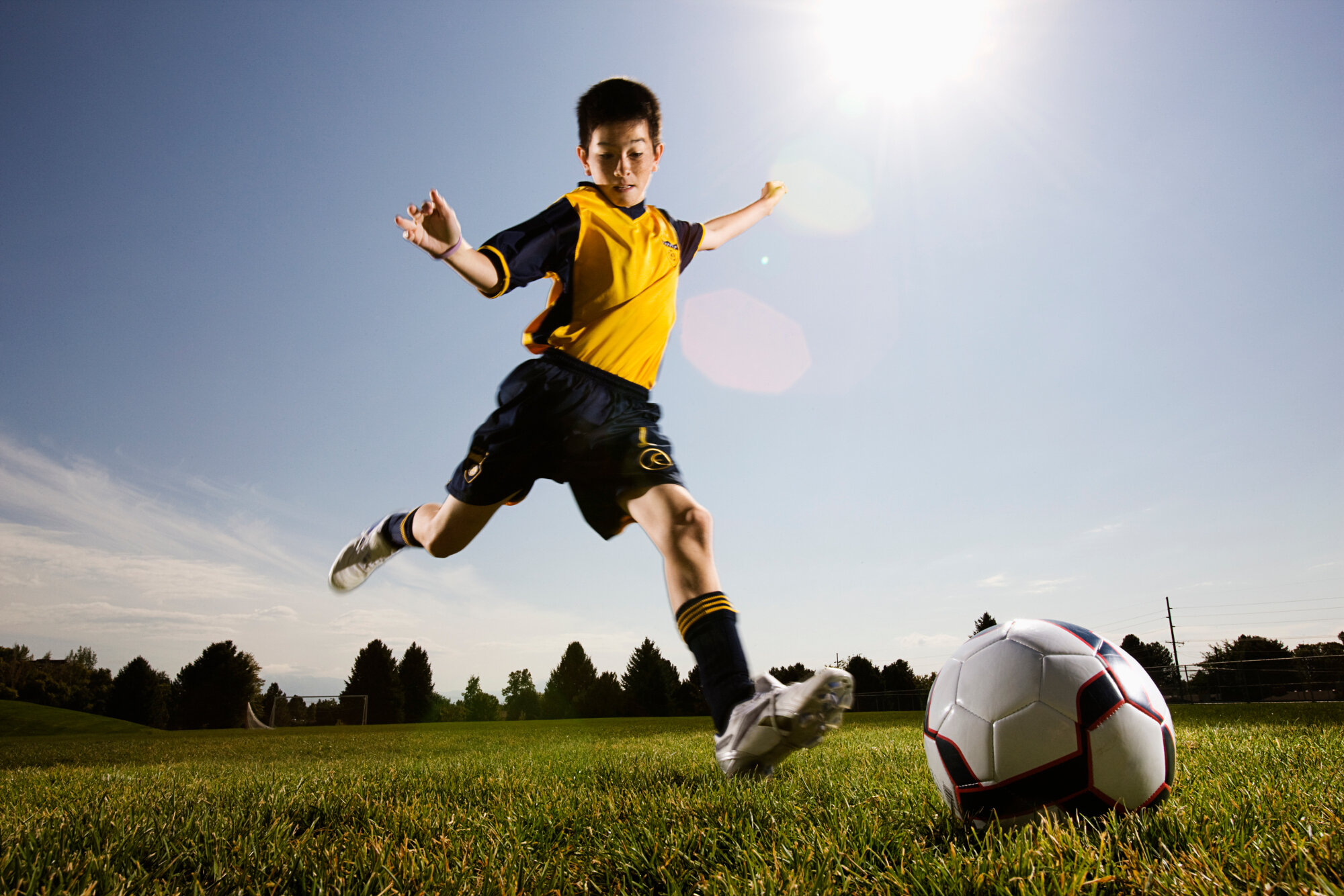Soccer Injury Prevention Tips for Your Kids
Soccer can be such a fun sport, especially if you're a kid! This sport is a great way to get out for some fresh air, play with friends, and have fun. However, no sport is immune to accidental injuries occurring and the same definitely applies to soccer. Unfortunately, kids can and do get injured while playing soccer—it happens to everyone, no matter at what age. Regardless, it always hurts to see our children in pain from an injury or sidelined from the sport they love.
There's good news: you can do your part to prevent accidents from happening! So let's keep our soccer-loving kids safe from harm. Here are some soccer injury prevention tips for your kids before you let them run onto the field.
Common Injuries to Avoid
It helps to know which injuries your child will be the most vulnerable to while on the field. That way, treatment can be applied immediately. Some of the most common injuries one can receive from soccer include:
Meniscus tear (knee injury). These are growing as a common injury, particularly in children.
Shin injuries, such as splints. Pain along the lower leg's front is a common sign of this injury.
Ligament tears including but not limited to anterior cruciate ligament, or ACL, tears. A study found that girls are at greater risk of receiving this injury while playing soccer.
Hip injuries. Kicking with strong force is most likely to create strain on the muscle and tendon attachments to the hip, which are strong enough to create stress on the pelvic and femur bones.
Concussions and other head and neck injuries. Sometimes the ball may directly hit players in the head, or there may be a sudden jerking motion done in the head upon impact. Symptoms of a serious concussion range from headaches to nausea or vomiting, dizziness, blurry vision, and confusion.
Tendonitis, which is very common amongst athletes of all kinds, usually created from overuse of the tendons.
Sprains (frequently seen in the ankles) and strains (nagging hamstring strains are the worst!).
Fractures, which can't always be prevented, however staying fit and not playing recklessly helps with preventing them.
Now that we understand what kinds of injuries to look for, here are some tips for you and your children's consideration.
Prepare for playtime with stretches
Before any soccer game, your child should always warm up to keep their body limber and flexible. The legs should especially receive that kind of attention since soccer is all about using your legs to play (sometimes the head too, but don't use it if you're not a professional!). Some good exercises for warm-ups include standing single leg hip circles, jumping jacks or jogging in place, followed by gentle stretching. Be sure after the game that your child stretches again during their structured cool down; this will prevent soreness and further muscle injury from happening to them.
Stay flexible in the off season
Even when the weather isn't soccer-friendly, it doesn't mean your child should stay out of shape. A good idea is to include in their routine aerobic exercise, flexible exercises, and strength training. That way when it's okay to get back onto the field, your child will be more than ready to get back into the game.
Make sure the equipment is suitable
In order for equipment to work properly it has to fit properly. Shin guards are a must for soccer players' equipment as they protect the knees (one of the most vulnerable body parts, at any age). Other must-have equipment for youth soccer players include proper fitting cleats. These shoes will prevent the likelihood of major slips and tumbles taken when chasing after the ball.
Keep an eye on the weather
When it's extra hot outside, take more frequent water breaks to stay hydrated and at your best game. In cold weather, be sure to wear appropriate and warm clothing. It's best to keep practice short when the temperature on either end is extreme.
Make breaks mandatory
Running, no matter the situation, is bound to exhaust your kids if they do so for too long. Be sure to let them know it's okay to take breaks when they really need to and make these breaks occur frequently for best results. If allowed, be sure to give them lots of water during their breaks and a healthy meal after they're done.
Was your child injured? We can help
Our staff at Triumph Physio consists of moms too! We take pride in taking care of athletes and their sports injuries, no matter what their age or skill level. Our leader, Karen Bhartu, understands completely your concerns about your child being injured while playing sports—after all, she used to be a competitive coach. Now she's a physiotherapist ready to ensure your kids both stay safe and play a great game of soccer.
Get in touch with us to book an assessment to reduce your child’s risk of injury before they get hurt or if your child needs sport injury therapy or physio to get back into their game! Contact us today!
Creative Commons Attribution: Permission is granted to repost this article in its entirety with credit to Triumph Physio and Wellness and a clickable link back to this page.

